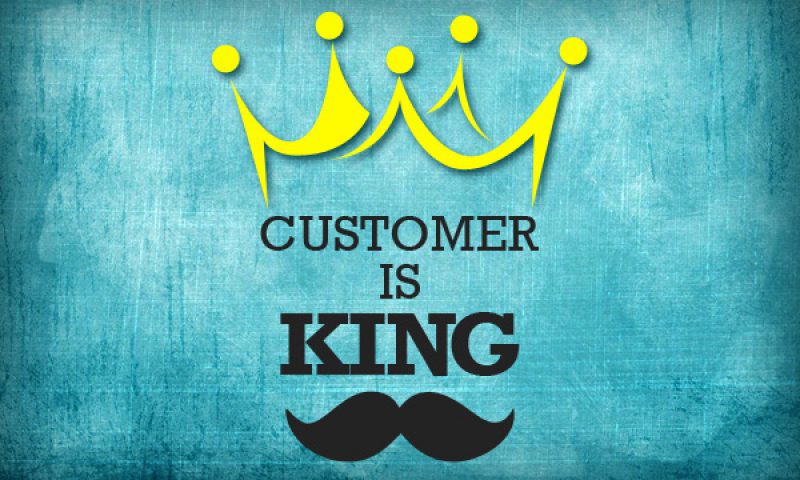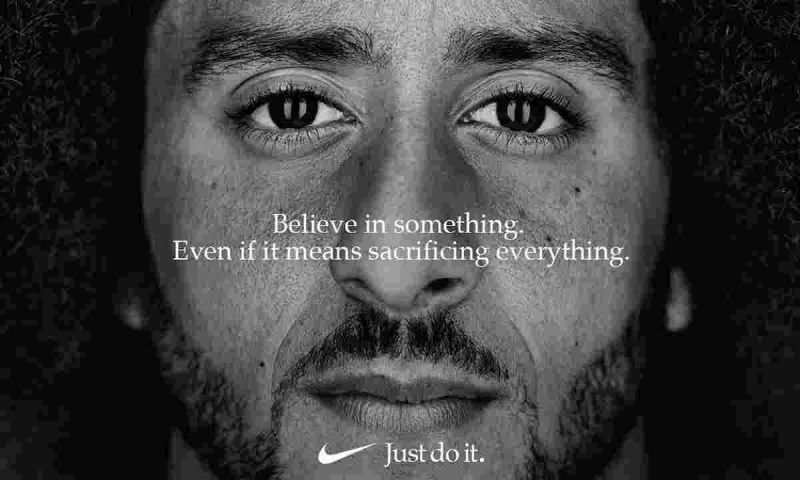
Why websites fail
As web developers, Neworld often get asked to review underperforming websites to identify issues and failings. Sometimes these are formal audits that involve detailed research and analysis of the sites and sometimes they are more informal reviews, but the same basic flaws turn up time and time again. Here are just five of those most frequent fails.
1. Not visually on-brand
The design of the on-screen interface is one of the most important elements of a website. As well as being the visual layer that aids navigation through the pages, it also reflects the overall identity of the brand and mirrors the quality and value of its services. It is the “interface” between the audience and the brand. While a site that is poorly designed will obviously suffer, a site that is generic and off-the-shelf also will not do justice to the company’s brand. It won’t convey the core values to the range of audiences and will make it much less effective.
2. Confusing structure
It’s always a challenge on large sites to create a simple site structure but many smaller commercial sites also often fail when it comes to creating a sitemap and navigation that helps users find the information they need rather than hinders them. A priority should always be to maintain a simple navigation while also making an extended range of rich and useful information for different audience segments easy to access. While seemingly obvious, a logical site breakdown should keep related content together in sections. The most important information should be easy to reach in one click but all other content should be accessible in no more than three or four clicks.
3. Wrong content
Many websites include text content that is not of interest or relevant to their website audience let alone effective in promoting the company and its services. Website owners need to ask does the content answer the questions that visitors landing on the site want to know or easily allow them to carry out the task they need to complete? Is the tone of voice of the copy appropriate to the brand? Does it help and encourage a user to take the next step, whether that is to continue their journey through the site or find out more directly from the company? Are extraneous pop-up notifications annoying visitors? Are linked PDFs and video consistently well branded? Is the content topical and kept up to date?
4. Poor imagery
The quality of images is key to bringing the brand to life online. Feature photography (large images appearing in the carousels on major landing pages) should be impactful and designed to evoke a connection with site visitors and contribute to bringing the brand personality and company positioning to life. Most companies and organisation don’t have budgets for professional photography and so need to source images from royalty free libraries. But too often companies opt for clichéd images of landscapes, and office interiors rather than choosing images that will resonate with their audiences. Often diagrams and infographics that are barely legible on desktop screens and aren’t legible on at all on mobile screens. Organisations also really need to avoid bad selfies and poor quality smartphone images for team biography images.
5. Difficult to find
If a confusing structure and navigation makes it difficult to find product and services information within a site, then a poor organic search engine profile makes it difficult to find the site itself. Search engine optimisation (SEO) is not straightforward or easy especially if the brand is not already well known or is operating in very competitive industry sector. Assuming the site has been built to be search engine friendly, at a minimum work needs to be carried out to identify keywords that reflect the content of the site and search phrases that the audience are likely to be searching for. Tailored page title and description meta tags then need to be be added.
Keep in mind that search terms are no longer only words entered in a computer browser search bar but also conversational questions asked on smartphones and voice-activated smart speakers. Once-off SEO activity is not enough, it’s necessary to continually monitor the site profile, and keep the site optimised even down to remembering to add alt tags to every image uploaded.
To be fair, when most sites are launched they avoid these flaws, but over time despite the best of intentions they can deteriorate, whether that’s because content goes out of date, or simply technology advances leave them behind. Ideally organisations should have website guardians in place (either internal or external) who are aware of the original objectives for the site and have the authority to ensure the brand vision is maintained.
David Jordan – Digital Director
David set up the dedicated digital division of Neworld in 1999 and oversees the strategic approach, creative design and technical development of digital projects from websites to moving graphics and on-screen presentations. If you are worried that your website is not reaching its potential email him at [email protected]
Keep Reading

What does Christmas Down Under taste like?

Branding from the Inside Out – the power of employee...

Christmas Cards from the Edge

Smart Speaker, Smart Branding

Why I will choose your competitor over you

Is Your Takeaway Coffee Worth It?

All in a Name

SMEG – Technology with Style

The January Effect

A rebrand that didn’t beat the clock

Grammar Vigilante

The Flat Wine Bottle

How are you ‘Brandishing’ your Logo?

Inclusive Branding

Brand activism: is it worth it?

A pub with no beer?

Packaging – Seeing it from all sides

Egg-cellent Brand Activation
